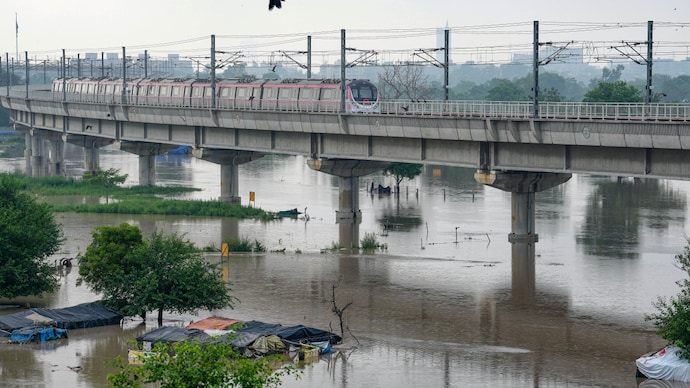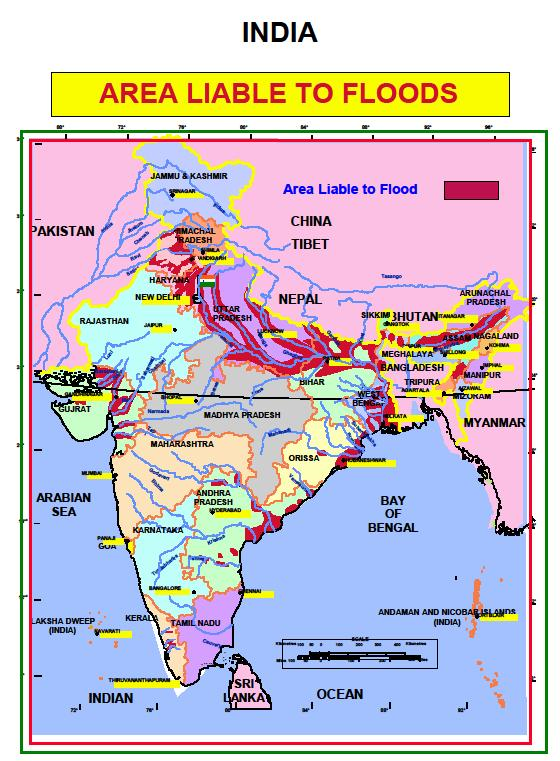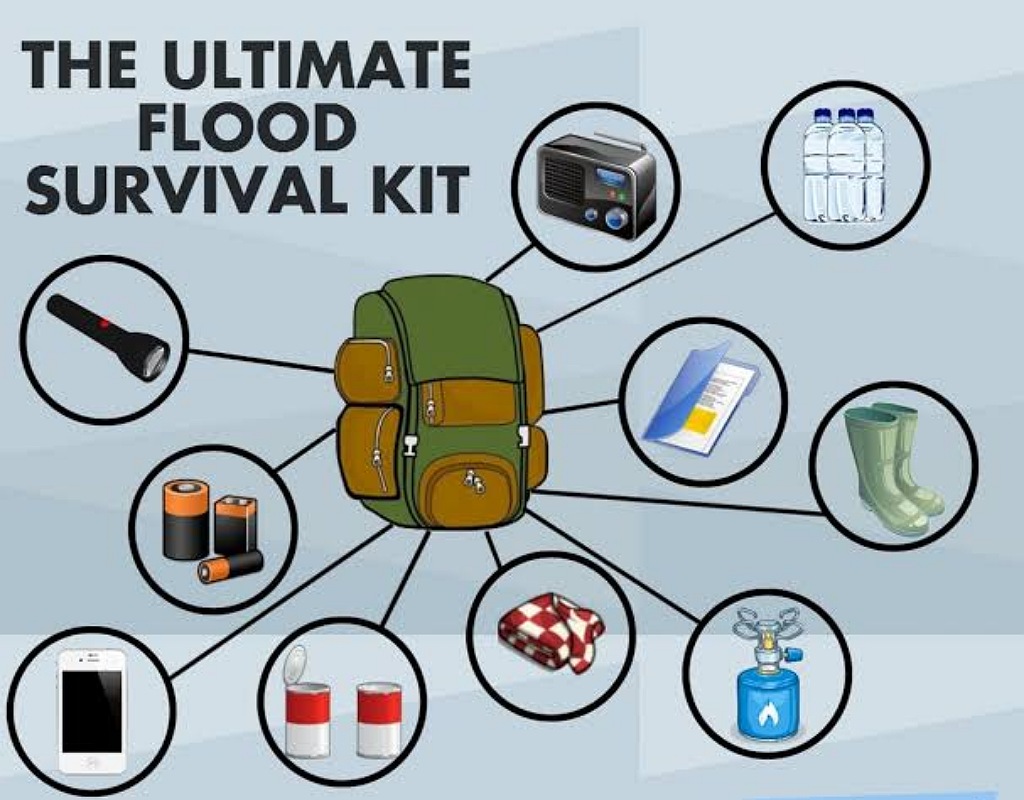Delhi on Alert as Yamuna Water Level Reaches Highest Level in 45 Years
The water level of the Yamuna River in Delhi has reached its highest level in 45 years, prompting authorities to issue an alert and take precautionary measures. The river’s water level crossed the 208.46-meter mark at 7am on Thursday, surpassing the previous record of 207.49 meters set in 1978.

Table of Contents
The rising water levels have caused flooding in low-lying areas of Delhi, including the Yamuna floodplains, the ITO area, and the Ring Road. The Delhi Traffic Police has advised commuters to avoid these areas and to plan their journeys accordingly.
The Delhi government has also closed schools and colleges in the flood-affected areas. The National Disaster Response Force (NDRF) has been deployed to assist in rescue and relief operations.
The rising water levels in the Yamuna are a result of the heavy rains that have been lashing Delhi and the surrounding areas in recent days. The India Meteorological Department (IMD) has forecast more rains in the coming days, which could further increase the water levels in the river.
The authorities are closely monitoring the situation and have taken steps to mitigate the impact of the flooding. However, the rising water levels are a cause for concern, and it is important to take precautionary measures to stay safe.
How to staying safe during Yamuna water level increasing

Here are some tips for staying safe during flooding:
- Stay informed about the latest weather forecasts and warnings.
- If you live in a flood-prone area, make sure you have a plan in place in case of an evacuation.
- If you are caught in a flood, move to higher ground and stay away from flooded areas.
- Do not drive through flooded areas.
- If you see someone in distress, call for help immediately.
- The rising water levels in the Yamuna are a result of the heavy rains that have been lashing Delhi and the surrounding areas in recent days. The India Meteorological Department (IMD) has forecast more rains in the coming days, which could further increase the water levels in the river.
- The authorities are closely monitoring the situation and have taken steps to mitigate the impact of the flooding. However, the rising water levels are a cause for concern, and it is important to take precautionary measures to stay safe.
- Here are some tips for staying safe during flooding:
- Stay informed about the latest weather forecasts and warnings.
- If you live in a flood-prone area, make sure you have a plan in place in case of an evacuation.
- If you are caught in a flood, move to higher ground and stay away from flooded areas.
- Do not drive through flooded areas.
- If you see someone in distress, call for help immediately.
- The rising water levels in the Yamuna are a reminder of the importance of being prepared for flooding. By taking precautionary measures and staying informed, you can help to stay safe during this challenging time.
In addition to the above, here are some other details that could be added to the article:
- The impact of the flooding on the people of Delhi.
- The steps that the government is taking to help those affected by the flooding.
- The long-term impact of the flooding on Delhi and the surrounding areas.
- The lessons that can be learned from this event to help mitigate the impact of future flooding.
The rising water levels in the Yamuna are a reminder of the importance of being prepared for flooding. By taking precautionary measures and staying informed, you can help to stay safe during this challenging time.
Flood Alert Mitigation while Yamuna water level increasing
Flood Alert: Mitigating Impacts through Timely Preparations
Indian government official website for more information on flood
Floods are natural disasters that pose significant risks to human life, infrastructure, and the environment. With the increasing frequency and severity of extreme weather events, it has become crucial to establish effective flood alert systems to minimize the impacts of flooding. This article examines the importance of flood alerts, their components, and the strategies employed in mitigating flood-related risks.
- Understanding Flood Alerts
Flood alerts are early warning systems that provide timely and accurate information about potential or ongoing flooding events. These systems leverage various technologies, including meteorological data, hydrological models, and remote sensing techniques, to forecast and monitor flood conditions. By detecting changes in precipitation patterns, water levels, and river discharge, flood alerts help authorities and communities prepare for and respond to flood events effectively.
- Components of a Flood Alert System
a) Monitoring and Data Collection: Flood alert systems rely on a comprehensive network of monitoring stations to collect real-time data on rainfall, river levels, and weather conditions. This data is crucial for assessing flood risks and issuing timely alerts.
b) Data Analysis and Modeling: Advanced algorithms and hydrological models are employed to analyze the collected data and predict potential flood scenarios. These models take into account factors such as rainfall intensity, land topography, soil saturation levels, and river flow rates to generate accurate flood forecasts.
c) Communication and Dissemination: Once flood alerts are generated, it is essential to effectively communicate the information to the relevant stakeholders. This involves employing multiple communication channels, such as mobile alerts, sirens, social media platforms, and traditional media, to ensure a widespread dissemination of the warning messages.
- Importance of Flood Alerts
a) Early Warning: Flood alerts provide valuable lead time for emergency responders, local authorities, and residents to undertake proactive measures. This includes evacuating vulnerable areas, implementing flood protection measures, and safeguarding critical infrastructure.
b) Risk Reduction: By facilitating informed decision-making, flood alerts enable individuals and communities to reduce the risks associated with floods. This can include relocating essential equipment, reinforcing flood defenses, and implementing contingency plans.
c) Minimizing Loss of Life and Property: The timely dissemination of flood alerts allows residents to evacuate to safer areas before floodwaters rise. By giving people the opportunity to take protective measures, flood alerts play a vital role in minimizing the loss of life and property.
- Strategies for Flood Mitigation
a) Infrastructure Planning: Designing and implementing resilient infrastructure, such as flood barriers, levees, and stormwater management systems, can mitigate the impacts of flooding. Flood alert systems provide critical information for proper infrastructure planning and development.
b) Land Use Planning: Effective land use planning helps regulate development in flood-prone areas, reducing exposure to flood risks. Flood alerts inform policymakers and urban planners about high-risk zones, enabling them to make informed decisions regarding zoning regulations and building codes.
c) Public Awareness and Education: Public awareness campaigns play a pivotal role in educating individuals about flood risks, preparedness, and response strategies. Flood alert systems can disseminate educational materials, organize workshops, and collaborate with local communities to enhance flood-related knowledge and preparedness.
d) Collaborative Partnerships: Effective flood mitigation requires collaborative efforts among various stakeholders, including government agencies, emergency responders, NGOs, and the private sector. Flood alerts serve as a common platform for sharing data, coordinating responses, and fostering partnerships to address flood-related challenges comprehensively.
Conclusion
Flood alerts are indispensable tools for managing and mitigating the impacts of flooding events. By providing timely information, flood alert systems empower communities to make informed decisions, take proactive measures, and reduce the risks associated with floods. However, the effectiveness of flood alert systems depends on continuous improvement, technological advancements, and strong partnerships between different stakeholders. Through these collective efforts, we can build more resilient communities capable of adapting to and withstanding the challenges posed by flooding events.
BEST EASY WAY TO SAVE OWN LIFES AND GIVE SAFETY TIPS FOR FLOODED ( DELHI FLOOD )AREA

Safety Tips for Flooded Areas
When faced with a flooded area, it is crucial to prioritize safety and take appropriate measures to protect yourself and others. Here are some essential safety tips to follow:
- Evacuation:
- If authorities advise evacuation, leave the flooded area immediately and follow their instructions.
- Avoid walking or driving through floodwaters, as they may be deeper or moving faster than they appear.
- Use designated evacuation routes and avoid shortcuts that could lead you into more dangerous areas.
- Personal Safety:
- Avoid contact with floodwaters, as they may contain hazardous substances, debris, or hidden dangers like open manholes.
- If you must come into contact with floodwater, wear protective clothing, including rubber boots and gloves, to prevent infections or injuries.
- Be cautious of downed power lines or electrical equipment submerged in water. Keep a safe distance and report them to the authorities.
- Hygiene and Health:
- Wash your hands thoroughly with soap and clean water after coming into contact with floodwaters, as they can be contaminated.
- Use clean water for drinking, cooking, and personal hygiene. If clean water is not available, boil water or use water purification tablets.
- Dispose of or properly sanitize any food or household items that have been contaminated by floodwaters.
- Electricity and Gas:
- Do not touch electrical equipment or switches if you are standing in water or if the equipment is wet. Contact a qualified electrician for inspection and repairs.
- If you smell gas or suspect a gas leak, evacuate immediately and notify the gas company. Do not use open flames, light matches, or turn on electrical appliances.
- Communication:
- Keep a battery-powered radio or a fully charged mobile phone with you to stay informed about the latest updates, weather alerts, and emergency instructions.
- Contact emergency services or the designated helpline number in your area if you require assistance or if there is a life-threatening situation.
- Structural Safety:
- Do not enter buildings or structures that have been severely damaged by flooding. They may be unstable and collapse.
- If your home has been flooded, wait for professional guidance before reentering to assess the damage and ensure it is safe.
- Children and Vulnerable Individuals:
- Keep children and vulnerable individuals away from floodwaters and ensure their safety at all times.
- Provide emotional support and reassurance during stressful situations, as floods can be traumatic experiences.
- Animal Safety:
- Move pets and livestock to higher ground or a safe location.
- Do not leave animals tethered or confined in areas prone to flooding. Ensure they have access to food, clean water, and shelter.
- Community Support:
- Cooperate with local authorities, emergency responders, and volunteers during rescue and relief operations.
- Look out for neighbors, especially those who may require assistance, and inform authorities if you suspect someone is in danger.
Remember, personal safety should always be the priority during flood situations. Stay informed, follow instructions from authorities, and use common sense to protect yourself and others from potential hazards.
According to India government officials website while Yamuna water level increasing

Floods
India is highly vulnerable to floods. Out of the total geographical area of 329 million hectares (mha), more than 40 mha is flood prone. Floods are a recurrent phenomenon, which cause huge loss of lives and damage to livelihood systems, property, infrastructure and public utilities. It is a cause for concern that flood related damages show an increasing trend. The average annual flood damage in the last 10 years period from 1996 to 2005 was Rs. 4745 crore as compared to Rs. 1805 crore, the corresponding average for the previous 53 years. This can be attributed to many reasons including a steep increase in population, rapid urbanization growing developmental and economic activities in flood plains coupled with global warming.
Emergency Kit Keep safely during flood (while Yamuna Water Level Increasing)
Emergency Kit

- Battery operated torch
- Extra batteries
- Battery operated radio
- First aid kit and essential medicines
- Emergency food (dry items) and water (packed and sealed)
- Candles and matches in a waterproof container
- Knife
- Chlorine tablets or powdered water
- Important documents (Ration card, Voter ID card, Aadhar Card etc.)
- Cash, Aadhar Card and Ration Card
- Thick ropes and cords
- Shoes
Read more articles – Articles post











